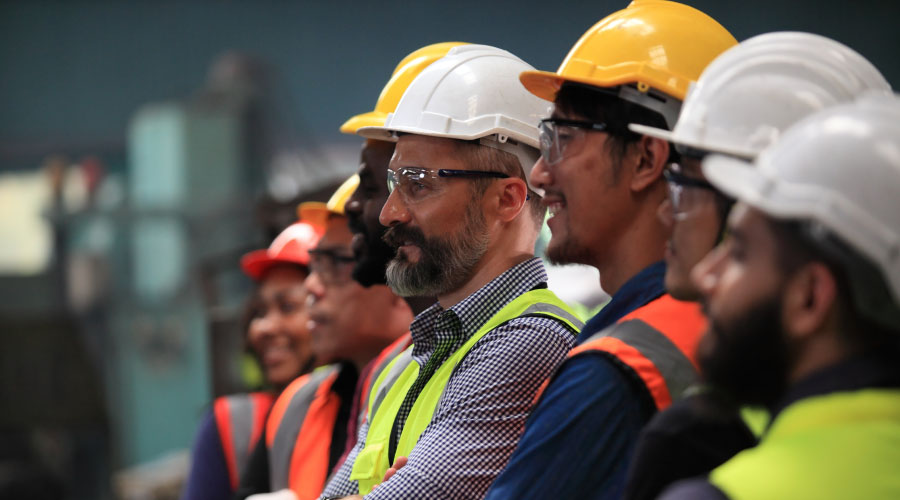Achieving Economic Efficiencies At General Motors Facilities
With General Motors for her entire career, Scott has seen the highs and lows. The global facilities organization at GM is currently in an interesting spot. After the wallop of the Great Recession, GM rebounded and is expanding operations. "We're a growing company right now, so there are a lot of projects going on in North America and in our international operations," Scott says. Until those projects are complete, she needs to meet growing demand with facilities that are still addressing deferred maintenance and infrastructure issues. Achieving economic efficiencies is essential.
One of the strategies which helped the GM portfolio weather the financial storm of '08 and '09 was a robust condition assessment process that Scott's team used to evaluate the aging portfolio. The condition assessment was the basis for a project prioritization system so that the money they had available for non-product projects was applied wisely, Scott says.
In addition, they took a hard look at the portfolio and disposed of properties that were no longer needed. Now they have the more fortunate problem of needing to ramp up facilities to meet the needs of the company.
"There's still that challenge that we have some pretty old facilities that need some things to keep them up and running," she says. "And if the industry comes back, we're going to be running them pretty hard."
Some of the efficiencies adopted during the downturn have become permanent best practices. For example, Tomaszewski says, there was a focus on maximizing density. Employees in leased space were consolidated into the GM Technical Center campus in Warren, Mich., Scott's home base, which went from 12,500 people to 20,000 people. By bringing employees back in-house, the company decreased leasing costs and improved the campus' energy profile, he says.
Global facilities has several initiatives — reducing energy intensity by 20 percent by 2020, promoting global renewable energy use, and improving wildlife habitat, among many others — and the team is always looking for ways to knit them together to achieve more with one strategy. Again at the Warren Tech Center, no-mow zones were established, which both improved wildlife habitat and cut down on energy spend.
With density increasing in the non-manufacturing portfolio, aesthetics play a larger role in maintaining employee satisfaction, Scott says, but employee wishes have to be balanced with facility needs.
"We're really working on people's morale, and we're controlling the fact that you see that your workstation hasn't been updated since the '80s but we see that the steam system hasn't been upgraded since the '50s, since the Tech Center, for example, was built in the mid-'50s," she says.
Responding to results of Workplace of Choice surveys, her team created "Workplace Choices," expanding interiors standards options, but still maintaining a cohesive centralized aesthetic, which also helps to cut down maintenance costs for touch-ups and allows lightly used office furniture from sites such as headquarters at the Renaissance Center in Detroit to find a second life at manufacturing plants.
"So you have two happy customers, you've re-used something instead of buying new in both places, and you can really make a big impact on the company," Scott says. About 90 percent of available funds go towards infrastructure needs, and the remaining 10 percent is fed into Workplace of Choice strategies.
Any project undertaken by facilities at GM anywhere in the world has a strong sustainability focus, Scott says. Construction sites keep the lights turned off if no work is going on. Soil displaced by projects is reused to create naturalized walking paths instead of being trucked off site. And the results are undeniable. For the second year in a row, GM has been recognized as an Energy Star Partner of the Year for efforts such as two landfill gas initiatives to generate electricity at two of their larger manufacturing sites. They have 83 manufacturing sites and 28 non-manufacturing sites that are landfill-free, meaning less than one percent of the waste generated at a manufacturing site goes to a landfill.
"We're well on our way to achieving our 2020 initiatives," says Tomaszewski.
Related Topics:













